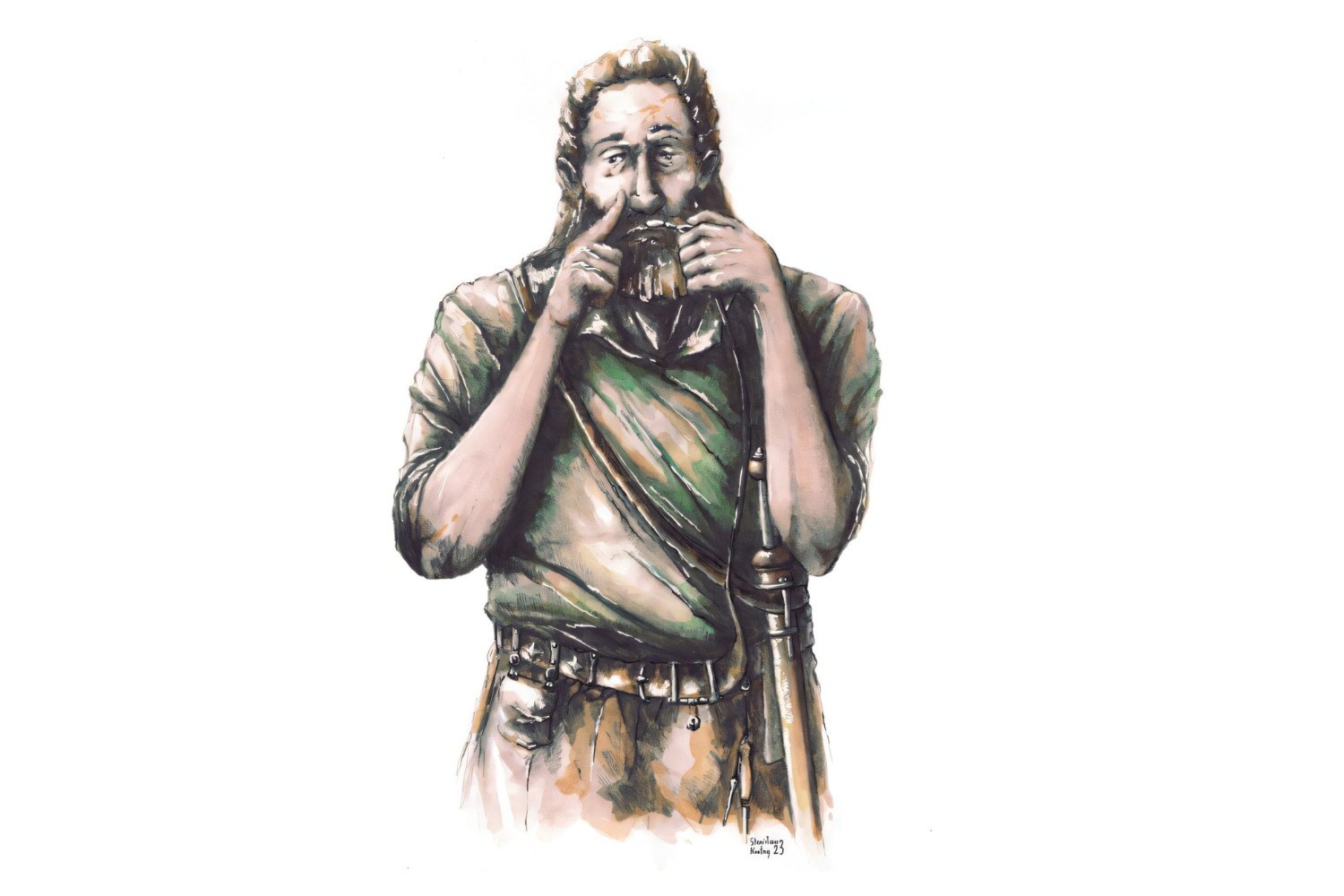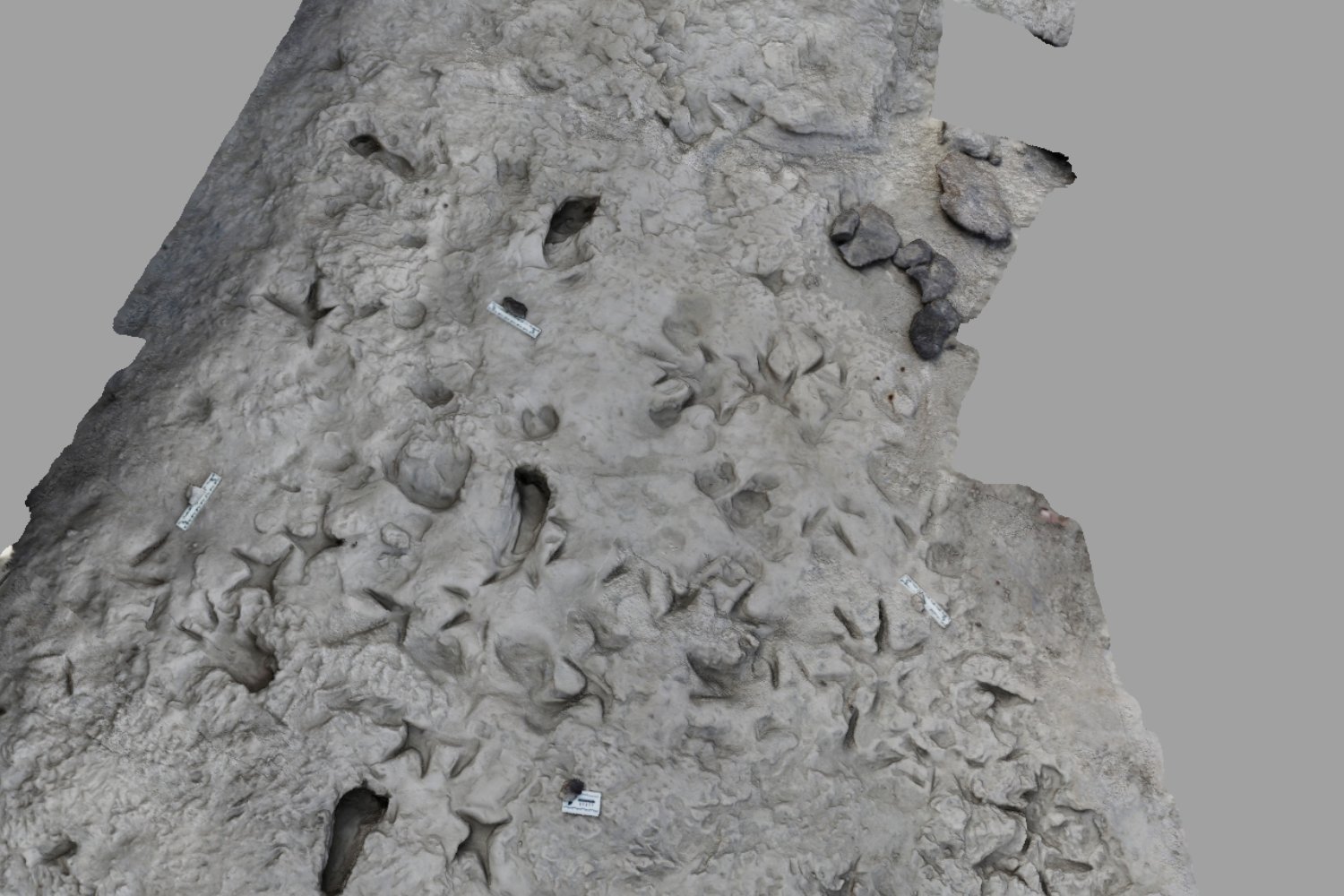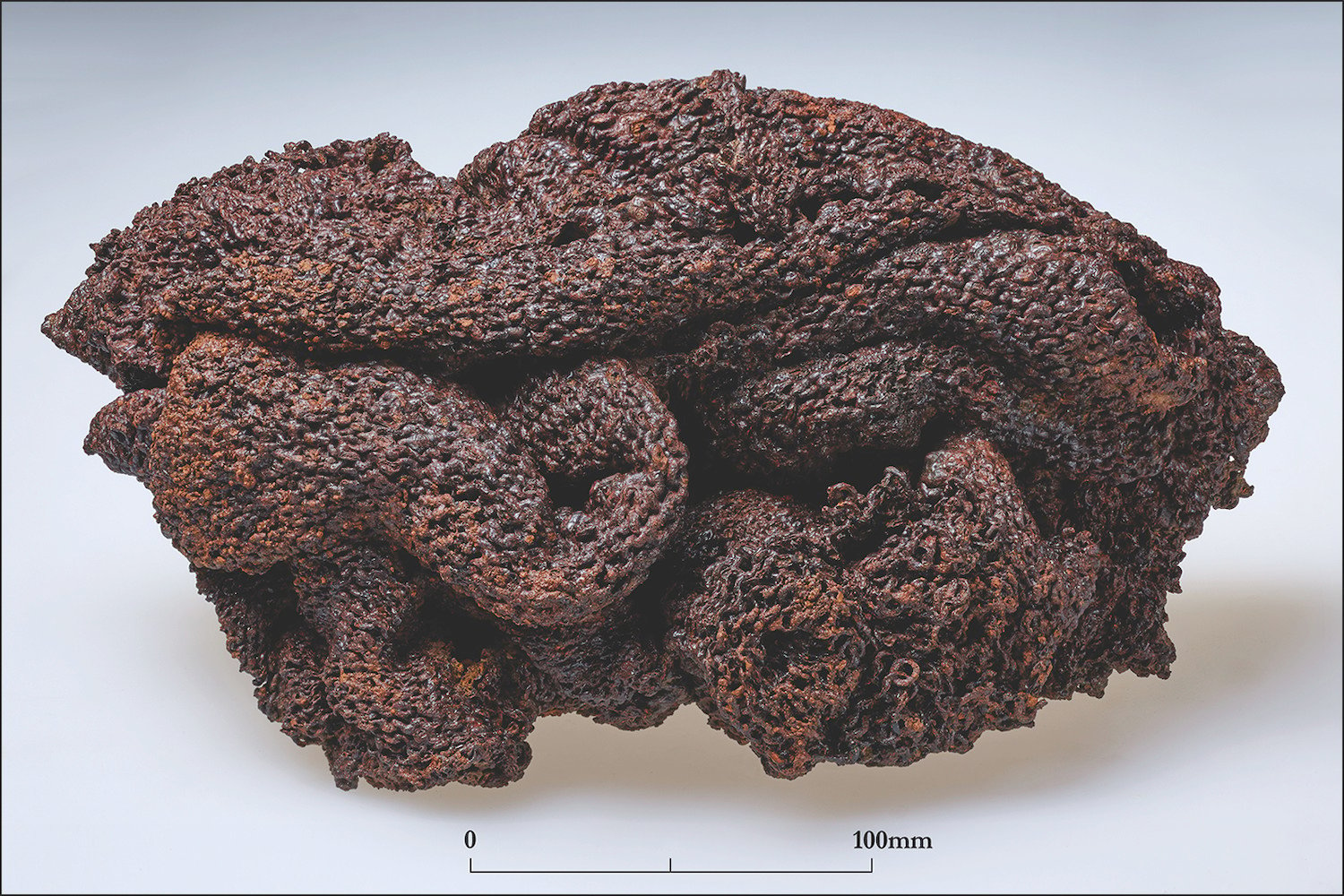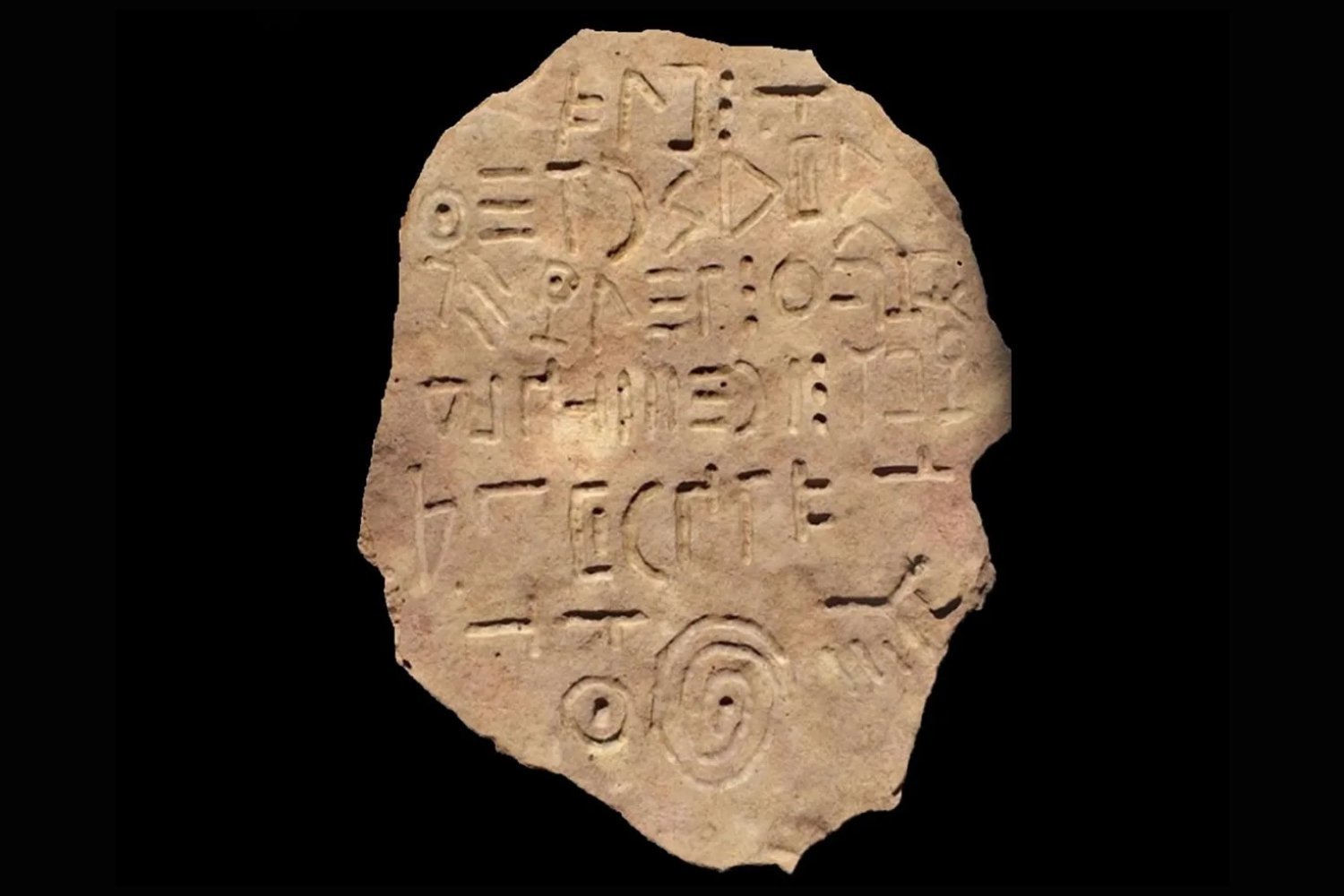The use of performance-enhancing substances in sports is a modern-day concern, but new research suggests this practice may have ancient roots. A recent study proposes that Germanic warriors of Northern Europe during the Roman period may have used stimulants before battle. This challenges the prevailing view that narcotic use in antiquity was primarily confined to Mediterranean civilizations.
While historical and archaeological evidence points to the use of narcotics like opium by the ancient Greeks and Romans, less is known about the practices of their northern contemporaries. This lack of evidence has led many scholars to believe that Germanic tribes did not use stimulants other than alcohol. However, a team of Polish researchers, including archaeologist Andrzej Kokowski and biologists from Maria Curie-Sklodowska University, have questioned this assumption. Their findings, published in De Gruyter, offer a new perspective on the potential use of stimulants by Germanic warriors.
Their investigation centered around 241 small, spoon-shaped artifacts found in 116 Roman-period archaeological sites across Northern Europe, including modern-day Germany, Scandinavia, and Poland. These objects, typically found alongside other war-related artifacts, have handles measuring between 1.57 and 2.76 inches (40 and 70 millimeters) and small bowls or disks ranging from 0.39 to 0.78 inches (10 to 20 millimeters) in diameter.
The researchers hypothesize that these spoon-like objects were used by Germanic warriors to measure and consume stimulants before battle. These substances may have served to enhance performance, reduce stress, and boost courage. The researchers suggest the spoons allowed warriors to precisely control their dosage, minimizing the risk of overdose.
The study further explores the potential sources of these stimulants. Several plants were available to Germanic tribes either locally or through trade, including poppy, hemp, hops, belladonna, henbane, and various fungi. These substances could have been consumed in liquid or powder form and may have also served medicinal or ritualistic purposes.
The researchers posit that the use of stimulants among Germanic warriors may have been more widespread than previously thought. This implies a sophisticated understanding of these substances and the organizational capacity to procure and distribute them. The demand for stimulants could also have significantly impacted wartime economies in ways not yet fully understood.
This study presents a compelling hypothesis about the use of performance-enhancing substances by Germanic warriors. While further research is needed to confirm these findings, it offers a fascinating glimpse into the potential practices of ancient warfare and challenges our understanding of drug use in ancient societies. The research suggests that the pursuit of an “edge” in combat may have a much longer history than we realized.











